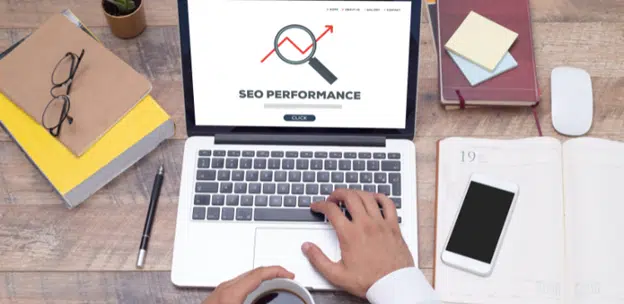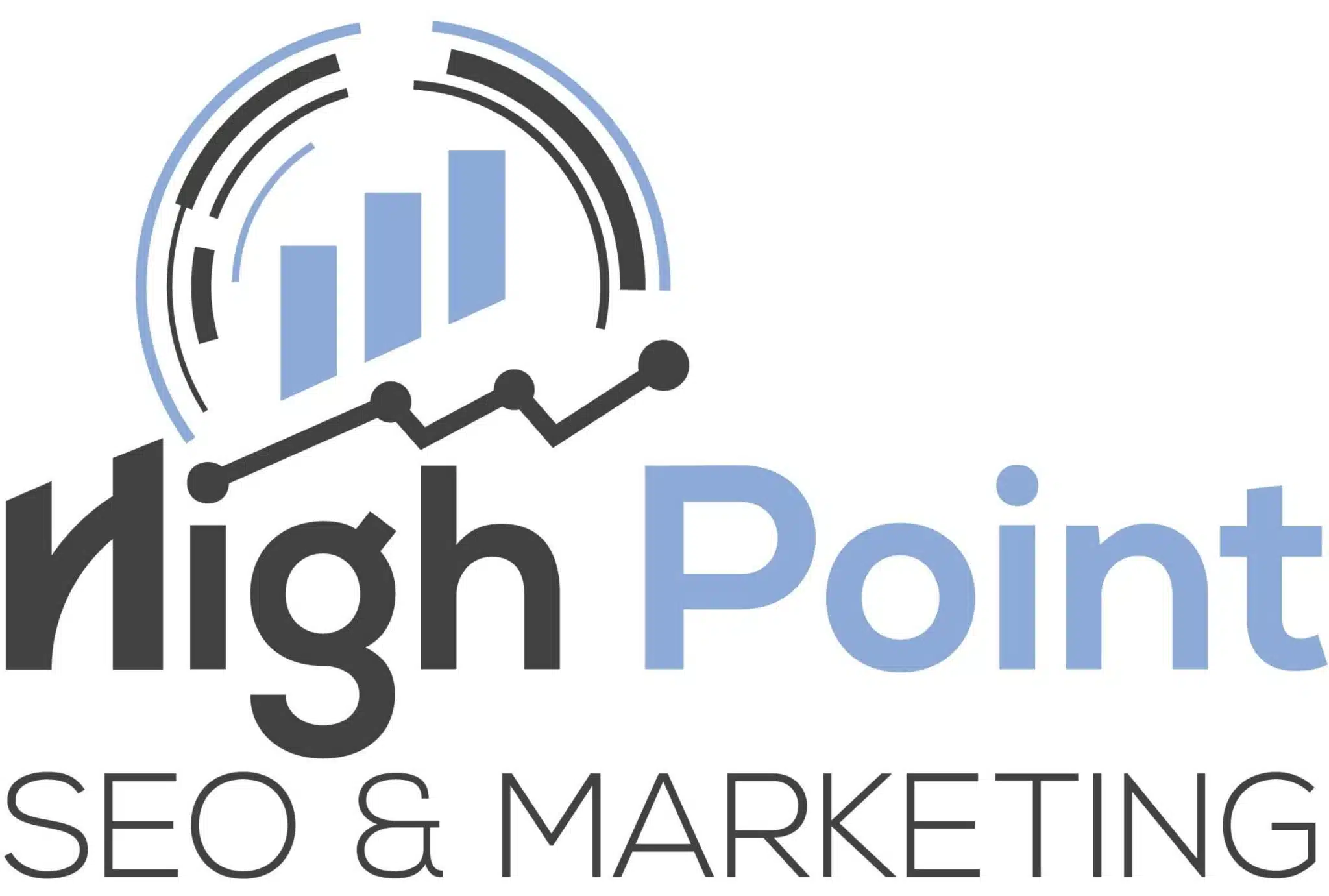What is Internal Linking & How Does it Help Your SEO in CT

Do you know what internal linking is and how it can help with SEO in Connecticut? It is a hyperlink from one page of your site to another within the same domain. These links make navigation easier for users and also have several benefits for search engine optimization.
Internal linking is not given much attention when it comes to SEO approaches, yet it carries great significance. Proper internal linking can assist Google in crawling and ranking web pages more efficiently. Whenever all pages on your website are interconnected; this shows Google which pages are significant thus increasing their chances of being displayed on top search engine result pages (SERPs).
Another area that gets improved by optimizing for Internal Linking is User Experience or UX as commonly known. This makes it easier for visitors who may be interested in other related contents within your blog Post/Page easily find them without hassle.
The next section will talk about why we should care about these types of links from an SEO standpoint:
- What do we mean by SEO Internal Linking? An overview on features, functions & benefits.
- Dos& Don’ts Of Internal Linking Strategies
SEO in CT, Internal Linking: Features, Functions And Comparison
In order to rank higher in search results, you are advised to apply internal linking for SEO. Though it may seem like external links to destination pages, there are certain variations.
External vs. Internal Links
In the web, external links are known to come from other websites that use the PageRank algorithm to pass on their link equity to your pages. In SERPs (search engine results pages), backlinks are like votes from other sites, which Google considers highly valuable. However, internal links refer to those that connect one page of a website with another; they do not hold much significance as compared with backlinks but still play a crucial role.
Internal links give you control over where you want the link placed so as to highlight your most important pages. This also helps in distributing the link value or “link juice” among your secondary related pages. Proper internal linking can aid Google in understanding that certain queries require relevance signals from different sections of your site thereby boosting its ranking potential.
In order to develop a successful internal linking strategy, take into account these aspects:
1. Establish a structure for your website
The top part of your website should be the homepage and underneath it should be categories and subcategories (in case of larger sites) followed by individual pages. The hierarchy should be reinforced by internal links where many links point to the homepage and the homepage also connects with high level category pages. Such an arrangement helps with navigation among users and provides a definite pathway for search engines.
2. Use navigational links effectively
Your homepage must link to the most crucial parts of your website. This can be done by putting links on the header, footer or other places that are easy to find. According to Google’s John Mueller, pages should not take more than 3 clicks from reaching them using homepages for ranking purposes. The use of anchor text that answers user intent will make navigation friendlier. For instance, rather than having “About” as a header; it would be good if a mobile app development company can have “World-Class Mobile Application Developers.”
3. Enhance contextual links
Contextual links are links on a page that lead to related or similar content on your site, often within the body of the text itself. They help to improve page views, time spent on page, and bounce rates. If possible, use contextual links instead of navigational links as these are the ones users usually prefer. Make sure your contextual links point towards comprehensive and valuable content which supports their journey through the site.
4. Optimize your anchor text
Anchor text is the section of a link that can be clicked on. It must explain the aim of the destination page so that users can understand whether they want to click it or not. Do not employ keyword-stuffed phrases; instead, use natural anchor texts related to the content you are linking. “Click here” and “Read more” should also be avoided since they do not give enough information about where they lead to.
Conclusion
To boost your site’s SEO and improve user experience, you need to have good internal linking. This can be achieved through setting up a logical site structure, making good use of navigational and contextual links, as well as optimizing anchor text. Doing so will not only enable search engines to rank your pages higher but also make them more user-friendly. Internal links are also important in terms of search engine optimization because even though they don’t carry as much weight as backlinks do outside the domain; it still helps search engines like google to understand what each page is about thus giving relevant results when people are searching for something online. Follow these tips and you will get better rankings on Google or any other search engines plus more engaging visitors’ experience too!

 Hayley Canfield, Owner of High Point SEO & Marketing in CT
Hayley Canfield, Owner of High Point SEO & Marketing in CT